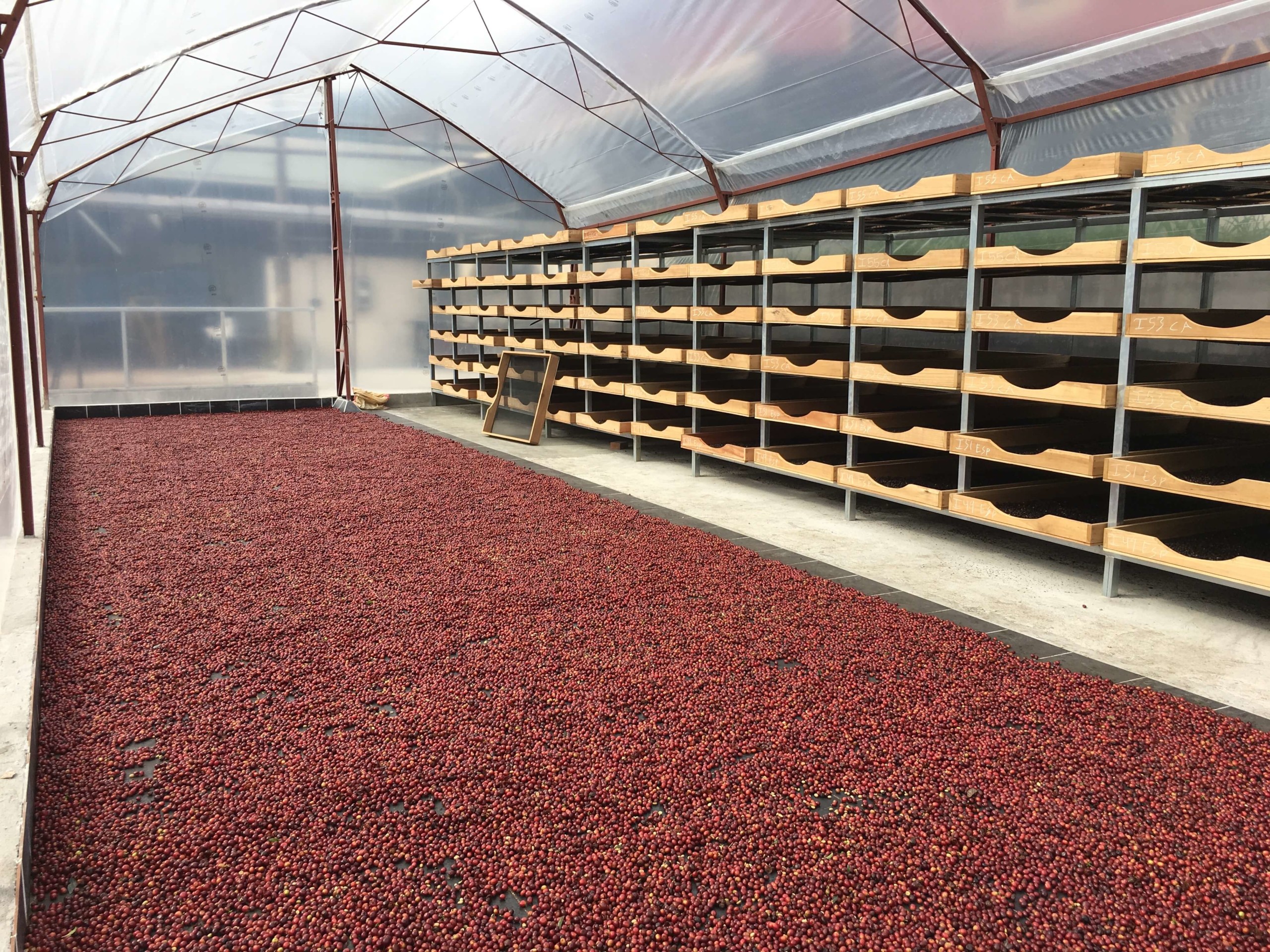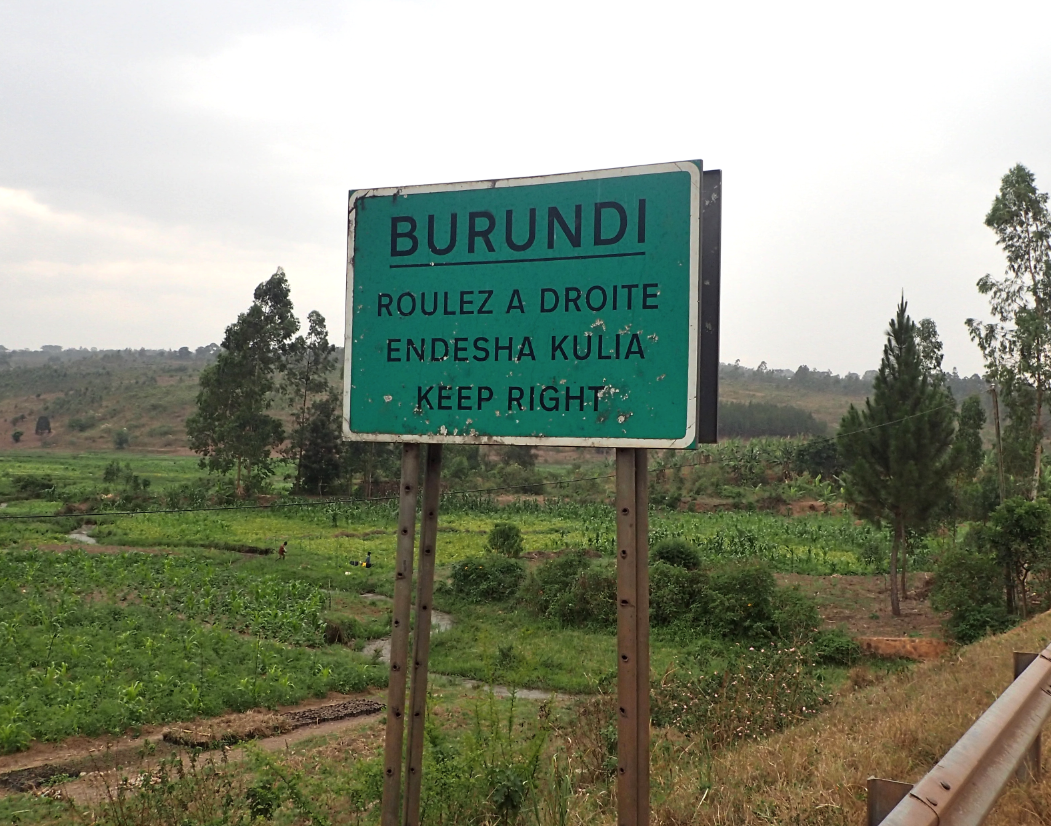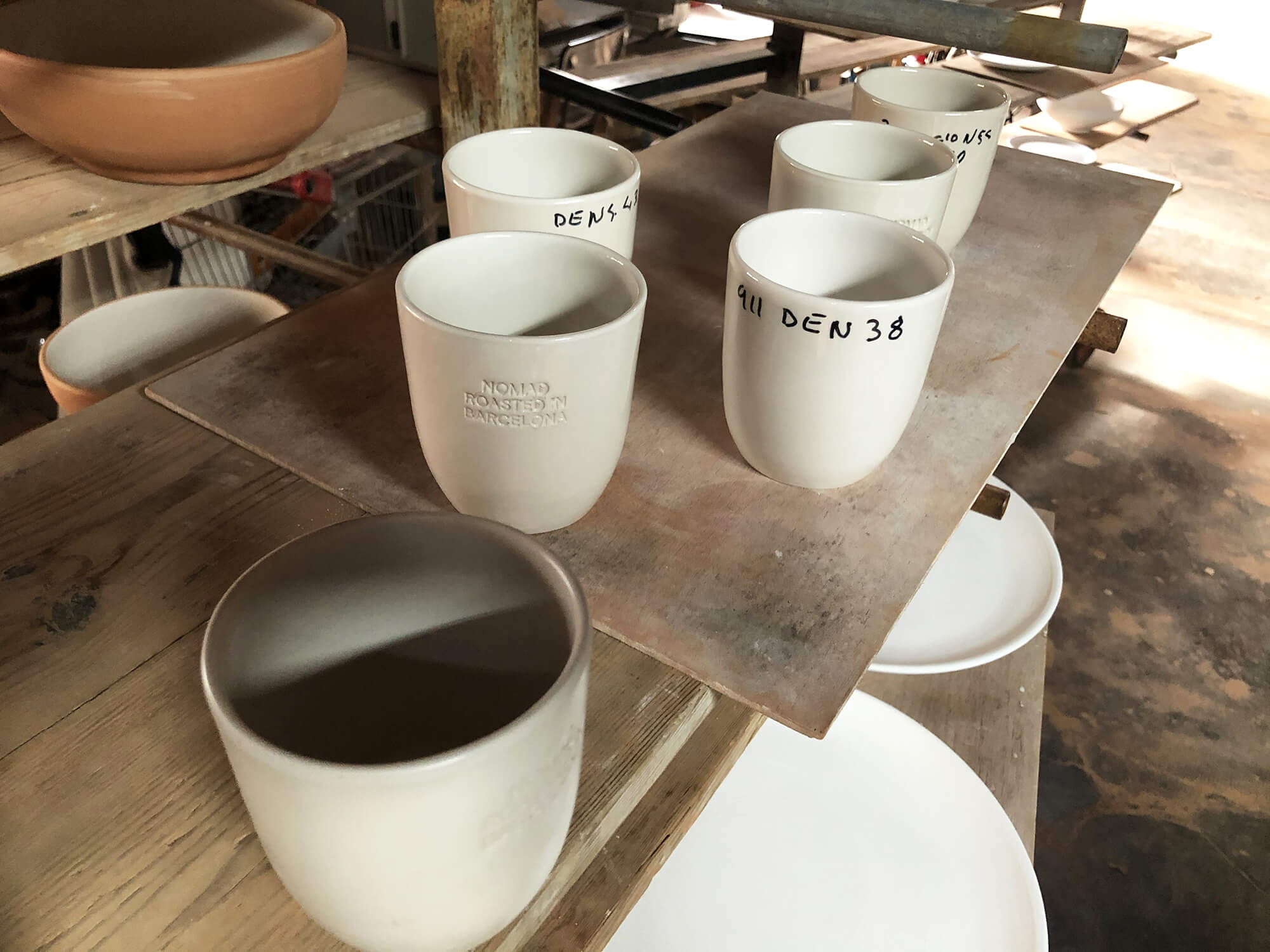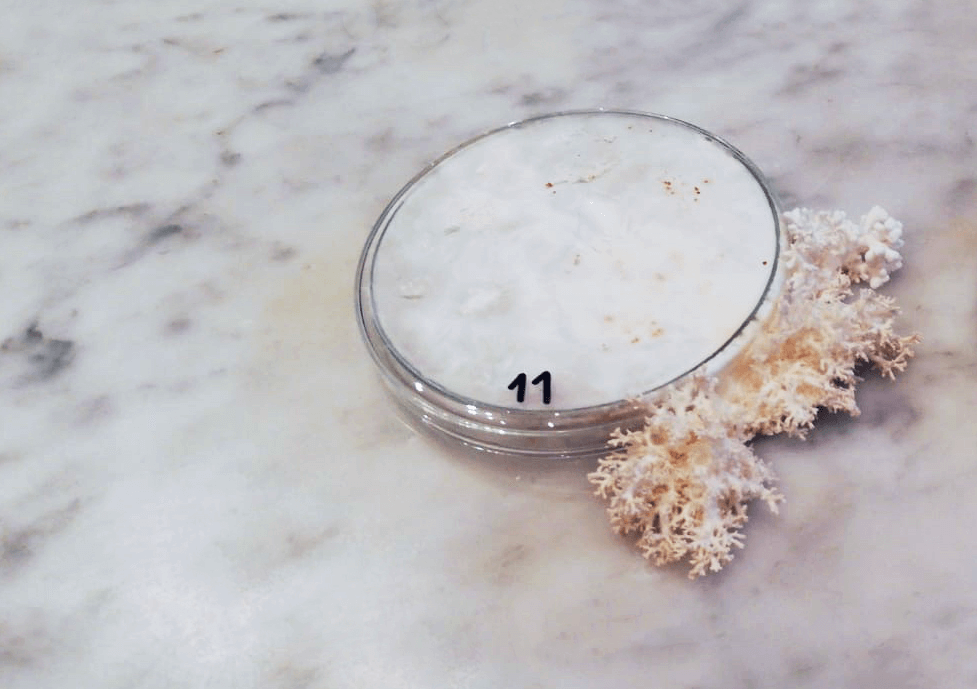As speciality coffee has been gaining popularity, producers have generated new ways of processing their coffees and thus offer different cups or specific profiles, either to differentiate themselves from the rest., out of a deep coffee passion or to make the most of their harvests and resources. . It is becoming more and more common to find coffees where the emphasis is placed on the type of process it has undergone, the type of fermentation, the fermentation time, the temperature, etc. Some years ago we began to find coffees that included in their description anaerobic fermentation.
It is very likely that sometimes buying speciality coffee you have come across a process described with these words, but
What is anaerobic fermentation?
Before continuing to talk about anaerobic fermentation, it would be interesting to go a step further and ask ourselves, what is fermentation?
According to Wikipedia fermentation is a process catabolic of incomplete oxidation, which does not require oxygen, and whose final product is an organic compound. That is, through fermentation, some organisms – such as yeast and bacteria – obtain energy through the degradation of organic molecules, such as starch or sugar, resulting in a simpler organic compound. A simple example of this would be alcoholic fermentation, in which certain microorganisms transform the sugars in grapes into ethyl alcohol and CO2, resulting in wine. Or obtaining yoghurt by fermenting milk with dairy ferments. Fermentation itself is an anaerobic process since it does not require oxygen to be produced.
Even though when we talk about the fermentation of coffee, we always believe that its purpose is to obtain a specific profile in the cup – and in this post, we are talking precisely about this -coffee fermentation is also the oldest way of separating the cherry from the coffee beans. The coffee was left to ferment passively, that is, without generating any type of control over this fermentation, until the skin and mucilage separated from the bean, making obtaining the coffee beans easier. Today this process is still used in places where they do not have a mechanical pulper. This means that practically all coffees go through a fermentation process, from natural and honeys to washes that have not been mechanically pulped.
So if fermentation is already an anaerobic process in and of itself, what is the reason we talk about anaerobic fermentation to describe some coffees? In this case, the term anaerobic refers to the environment in which it occurs. When we talk about coffees with anaerobic fermentations we refer to the environment without oxygen: tanks sealed with a one-way valve to allow the exit of gases, but not their entry. The presence or lack of oxygen changes the type of microorganisms that we find in it. Therefore, we can find washed, honeys or natural coffees that also include anaerobic fermentation in the way they have been processed.
One of Nomad’s main objectives is to offer a varied and dynamic menu, with origins diverse and processes, respecting seasonality, and discovering new and different profiles: from the more classic ones with notes of chocolate and nuts, soft and honeyed acidities. to more enzymatic coffees, with bright acidities and tropical or floral notes.
This year we are adding to our menu the process pack from the Aquiares farm in Costa Rica. It consists of the same coffee variety: centroamericano, a hybrid cross between Rume Sudan from Ethiopia, delicate and complex, and Sarchimor from centroamericano, with vigorous production and large beans. Diego Robelo and his team have carried out four different processes: a first batch washed, a second batch washed with a 96-hour fermentation under anaerobic conditions to which a mixture of water and molasses is incorporated, the third batch with a red honey process and the fourth batch with a natural process, fermented under anaerobic conditions with the incorporation of a must from previous fermentations. Tasting the coffees in our HQ we have been able to see the differences that each batch offered us. If you want to know a little more about the coffees that make up this pack and have the possibility of trying them at home, you can already find them in our online store or our stores. We find it a fun way to see how the processes that are applied to the coffee once harvested can help to offer multiple varieties of profile and cup.
If you want to learn more about coffee, we recommend the podcast “Making Coffee with Lucia Solís”. Lucía Solís, who apart from working with producers doing consultancies and designing fermentations for their farms, has created podcasts where she talks about different processes from a technical point of view and shares her experiences and opinions on issues that revolve around coffee.



